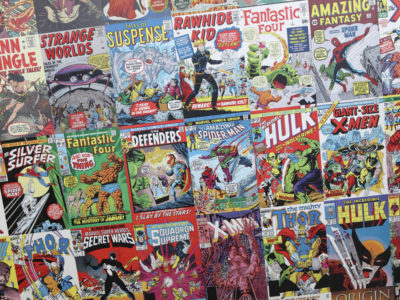If only DC and Marvel made us smarter. Oh, wait, they can! Examine comic books’ past issues shows the rise and fall of trends as well as an overview of a time period’s culture and society. Can they be considered more than just entertainment fuel for our wild imaginations and future cosplays? Here’s why CM answers yes.
1. Not Everyone Likes Words
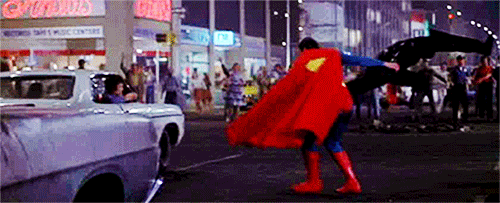
Books aren’t every person’s cup of joe. Some people appreciate graphics alongside the text. University of Florida’s Pop Culture Collections Curator James Liversidge looks after the Suzy Covey Comic Book Collection, containing around 15,000 comics. “Everything, from the ads, the slang, the vernacular, the clothing—Clark Kent wearing his fedora and double breasted suit in those early issues–it is such a representation of the culture, of the period, each decade,” said Liversidge. Graphic novelists write modern comics in our vernacular, making them relatable to today’s readers.
2. They make you an art aficionado
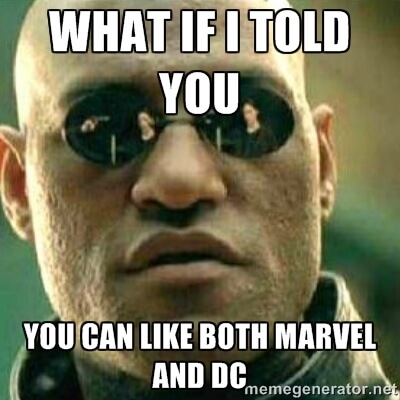
Comic books are works of art. Every panel is covered with illustrations of Wonder Woman fighting for equality, Batman scouring the Gotham grounds for Joker, and Superman flying up, up and away to join the Justice League in an epic space war. Popular Culture Assistant Patrick Daglanis recently graduated with a degree in history. “I like seeing the history in these comics. You see how people thought back then,” said Deglanis. If over (or under) whelmed by your 500-page novel, pull out your stash of comics and start pouring over those bad boys.
3. You become cultured
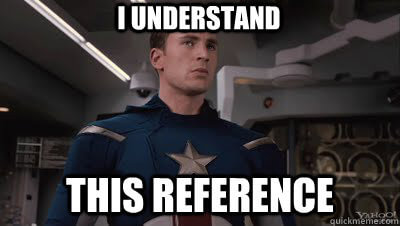
University of Florida librarian John Van Hook explained comics were originally in a different format than the traditional format we see today. Some of these past format include poster-sized pages with comic strips and mini comic strips as short and small as two panels. The evolution of superheroines also point to how comics incorporate society’s changing views and norms. Examining comics in detail resembles going deeper into a novel for class–you learn that each comic issue is more than meets the eye, but does offer unique perspectives into our past.
4. They’re Adaptable
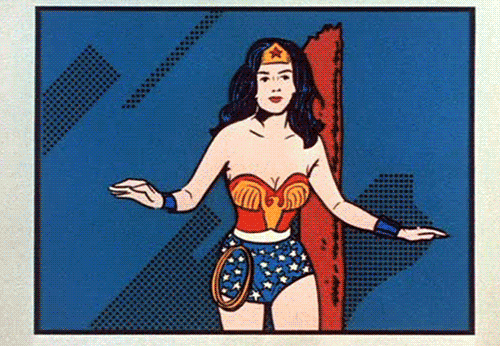
Comics and novels offer unique and distinct forms of storytelling. Today’s circles view older comics with a critical eye. “Now, at the time, [the strip] Little Nemo in Slumberland was not very popular with the general public because it was very dark, it was Freudian,” said Liversidge. “It was too much of a message comic strip. But now it is a much sought after comic strip.” With upcoming movies like Captain America: Civil War, Avengers: Infinity War and Wonder Woman, it’s clear that readers and audiences want more comic inspired film adaptations.
5. They Tell History
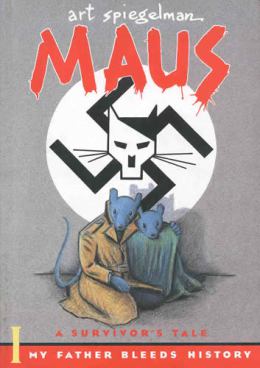
Maus by Art Spiegelman is a multiple award-winning graphic novel depicting the Holocaust and the first of its kind to win a Pulitzer Prize. “Some of it is on the level of literature. . . . [Maus raised comics] to a level that was not there when I was young,” said Liversidge. Persepolis is also an autobiographical graphic novel that speaks of one girl’s life during and after the Islamic Revolution. Comics aren’t just something to enjoy after a long day of studying. A comic book might get you the A+ you need.
6. They Address Big Issues
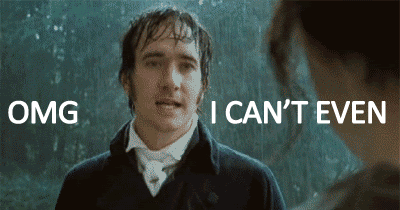
When well executed, comics show and tell a story just like a novel. Comics cover a wide range of topics nowadays, too. “You see everything from LGBT issues [in comics],” said Liversidge. “A lot of the issues now weren’t addressed then.” But there is something special about reading a good novel that shows Elizabeth and Mr. Darcy staring into each other’s eyes underneath the pounding shower of rain pouring from above – just kiss already! See what I did there?
7. They Don’t Require As Much Commitment as Novels
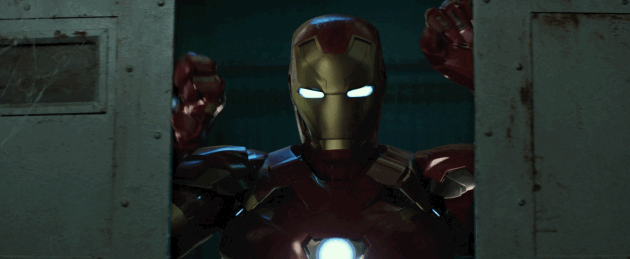
Unlike comics, novels come with the whole package. Most of the time, you expect to read a whole book for class. Comics, on the other hand, generally kill less trees than novels and come in monthly issues. Comics seem like those casual relationships you hook up with when they come along. Novels require ‘til death do you part.

